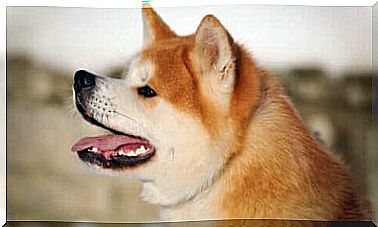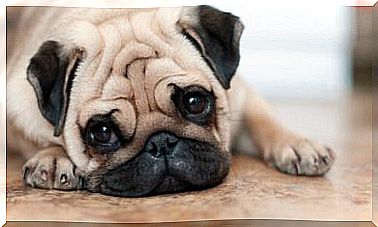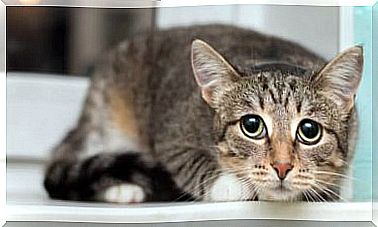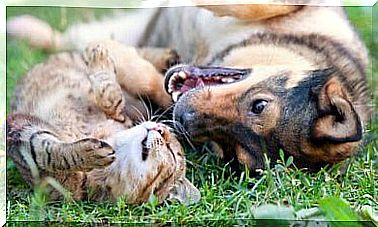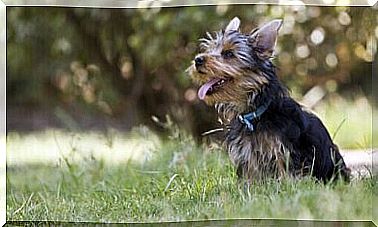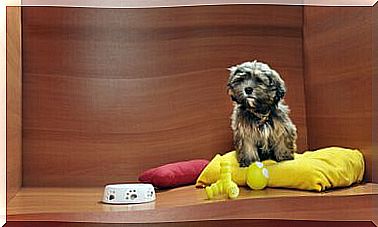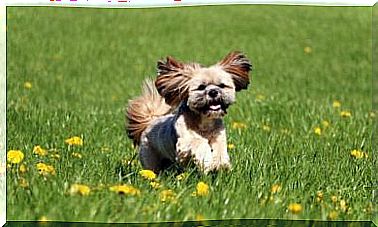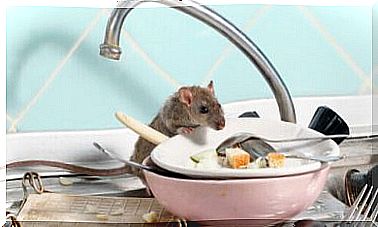Little Munsterlander: Meet This Breed

Whether you are looking for a new hunting dog or simply an agile and energetic breed, this article is packed with information for you. After all, the little munsterlander is the perfect dog for those looking for these characteristics. That hunting dog , from the German region of Münster, is specialized in hunting activities.
Discover the origins of the small Munsterlander
This breed was created in the German region of Münster, from Germanic breeds of pointers. In addition, they also came from the so-called Wachtelhunds, long-haired spaniels. Its characteristics were not defined until 1921.
Interestingly, little Munsterlander is related to the German writer and poet Hermann Lons. Along with his brothers, he was looking for the latest copies of the Heidewachtel.
The first results derived from breeding this animal began to become palpable in the early 20th century. This was thanks to Count von Bevervörde-Lohburg and his relatives. In 1912, the Association of the Little Dog of Aponte Münsterländer was founded.
The goals of this association were to promote the purity and high level breeding of the small longhair dog. This became especially important after World War II. At that time, the lack of food and the poorly defined characteristics of the breed brought the little Munsterlander to the brink of extinction.
Characteristics and morphology
The body of the small Munsterlander is of harmonious and elegant proportions. Its erect posture allows you to see the fluidity of its musculature and the noble posture of its tail. These are characteristics that give this animal agility and speed. Due to these characteristics, this breed is so appreciated as a hunting dog.

The International Cynological Federation classifies this breed into group 7 of spaniel pointing dogs. The height at the withers is 54 centimeters for males. In turn, females tend to be about 52 centimeters long. These measurements can vary by about two centimeters.
The small Munsterlander’s mantle should be smooth or at most slightly wavy. It will also be short and dense, as it needs to provide effective protection to face outdoor hunting activity. Regarding colors, the accepted standard is:
- Brown, white and chocolate with brown spots.
- Mantle painted with a white line.
- Reddish patches are allowed on the muzzle, eyes and in the area near the anus.
Behaviors and habits of the small Munsterlander
We are facing an intelligent race eager to learn. The character of the little Munsterlander is balanced and stable. Also, he is generally considerate and affable to people. This makes it a good candidate for family dogs.

As for the behavior during hunting , this animal has a strong instinct for orientation and good adaptability. These qualities are ideal for teamwork. His intelligence and attention allow him to focus on his prey without being distracted by external stimuli.
Like any self-respecting hunting dog, the little Munsterlander can run for hours. Therefore, it is vitally important to provide a good amount of daily exercise that allows the animal to channel all that energy.
We must also not forget that this breed is a hunter by nature. Therefore, it is necessary to stimulate your tracking and hunting instincts with all kinds of games and proper training. In this sense, it is recommended to start training these puppies to shape their stubborn personality.
A strict control against inbreeding
In the United States, where this breed is especially popular, a series of certificates and tests are required. This is all to ensure that a specimen meets all breed characteristics and standards. The association in charge of this, the American Small Munsterlander Club, has an evaluation committee that allows it to determine the purity of the breed.
This club, in addition, is associated with the Orthopedic Foundation for Animals. In this way, this association determines whether the animal’s hips are in perfect condition. Thanks to these strict controls, inbreeding and hereditary diseases of this breed are generally minimal.
